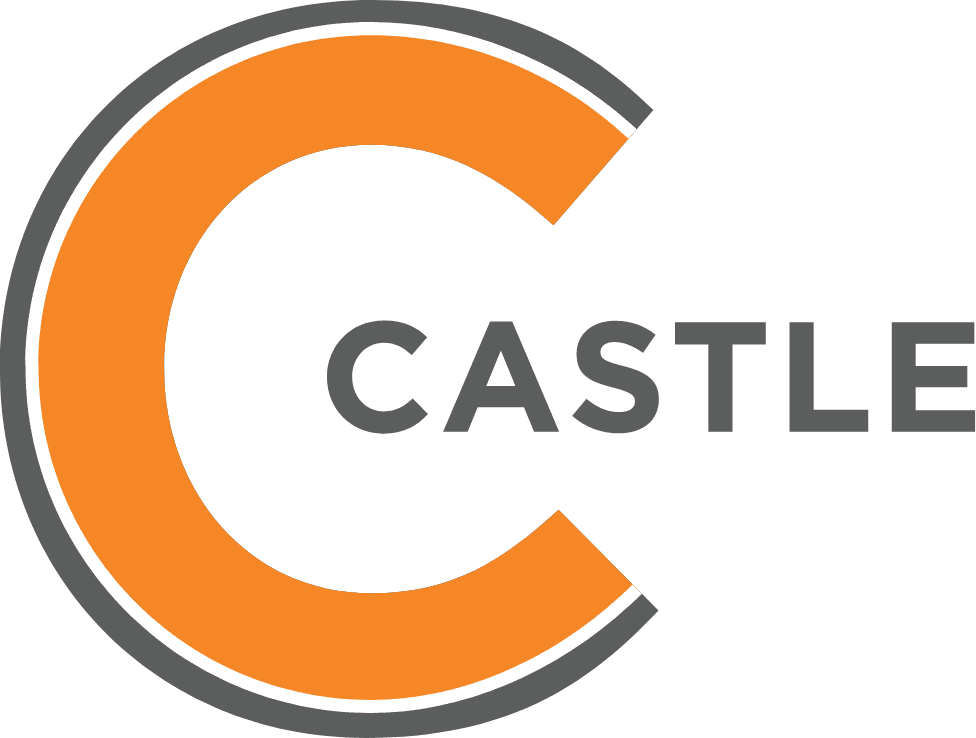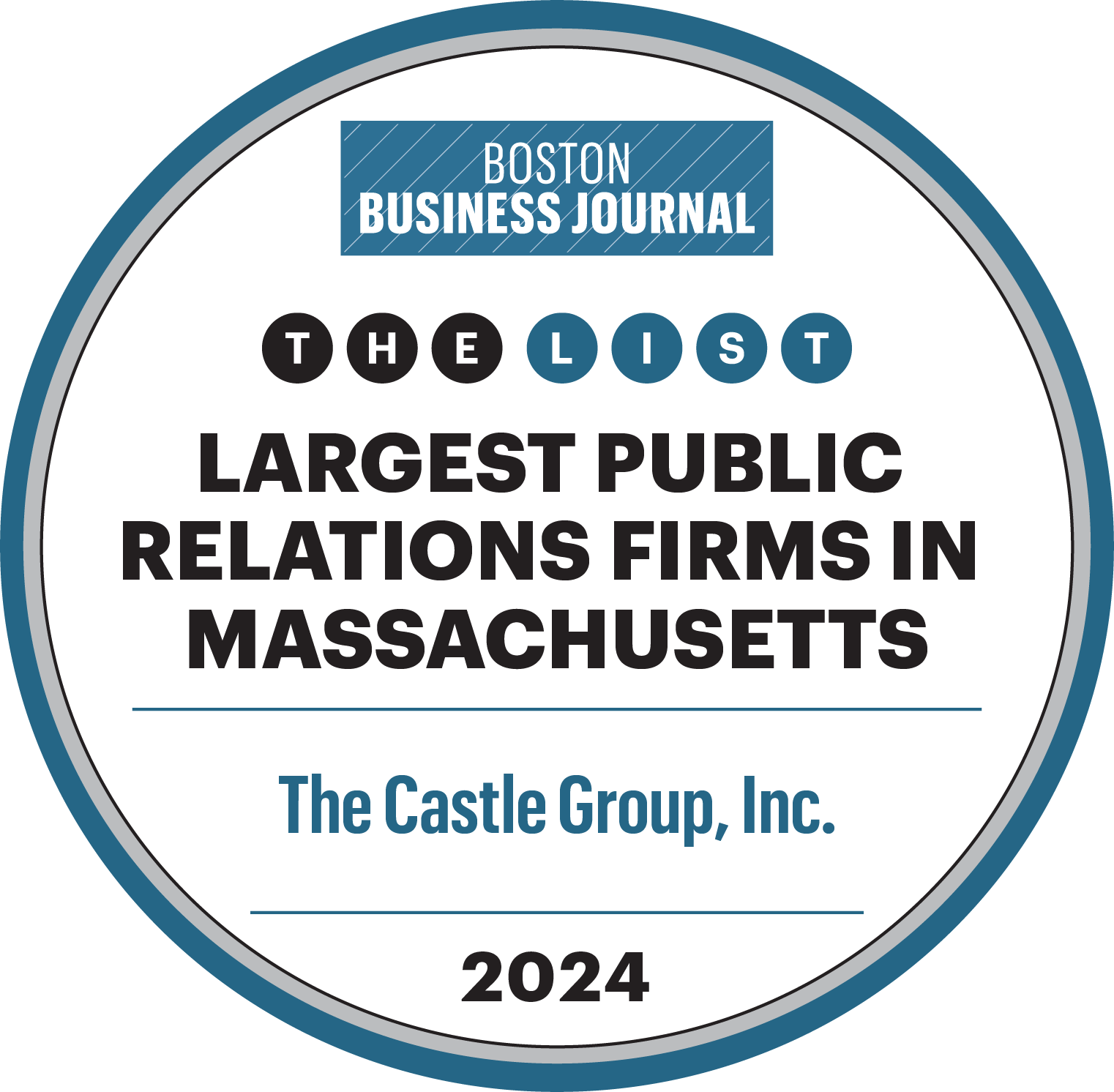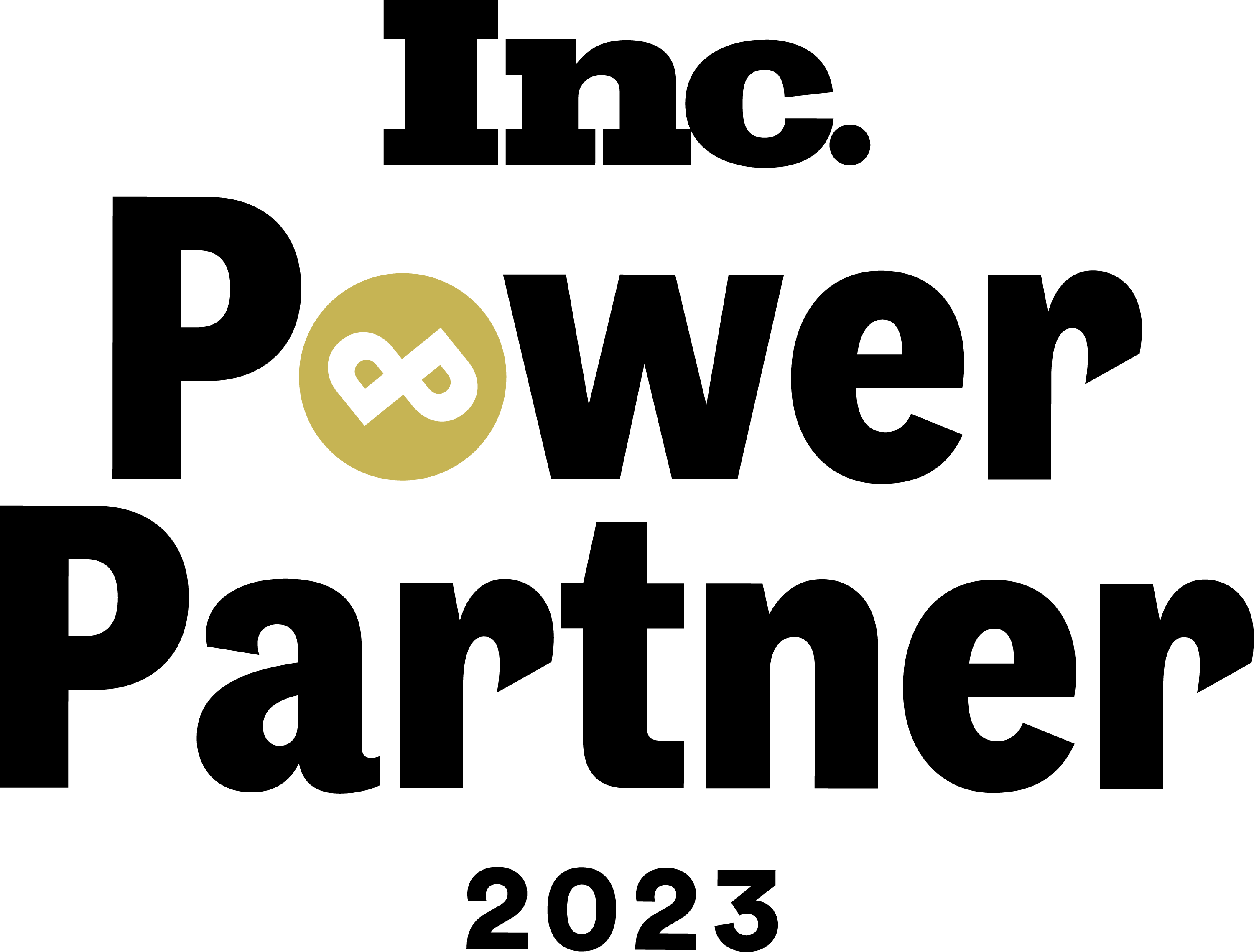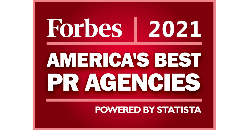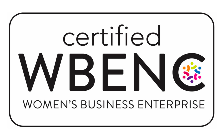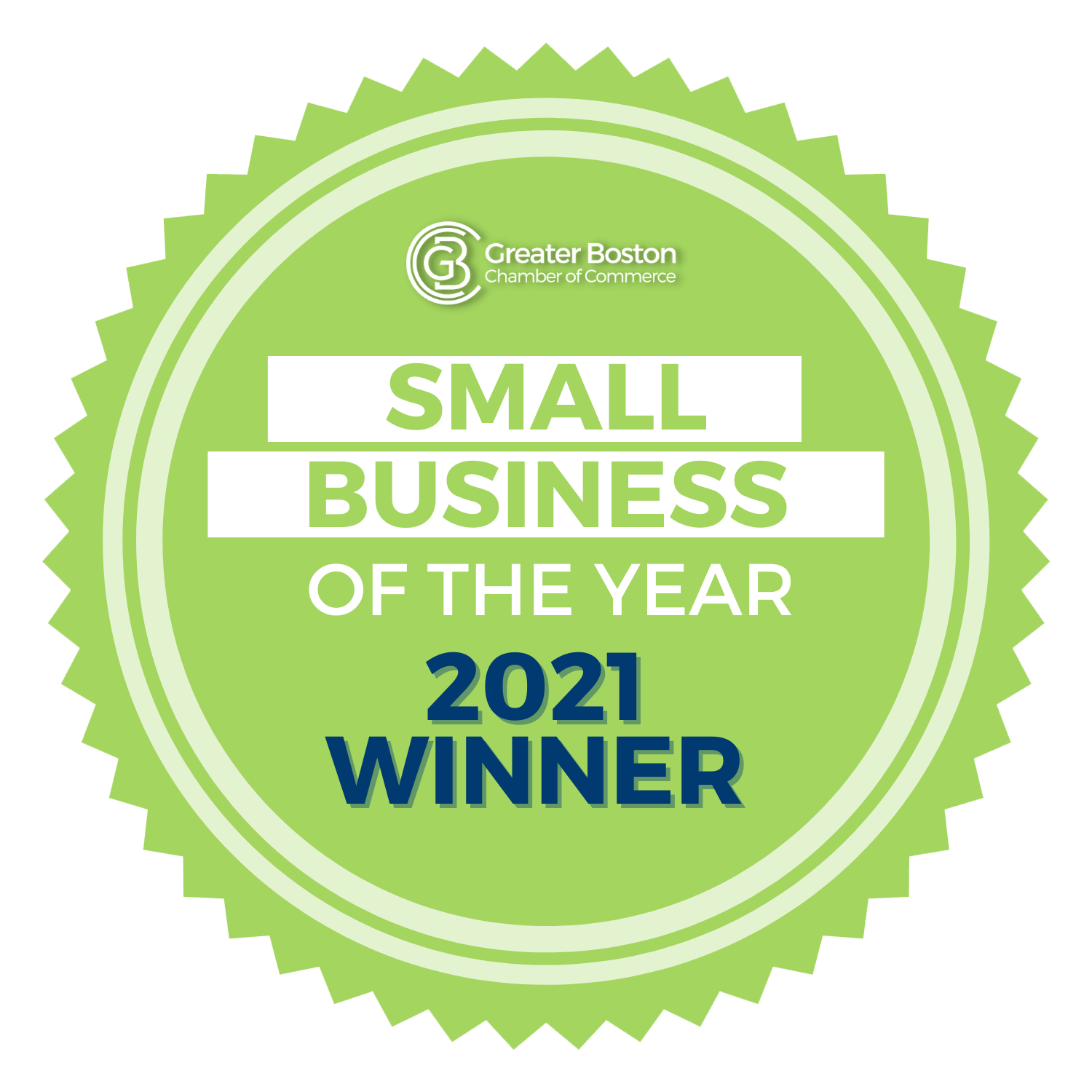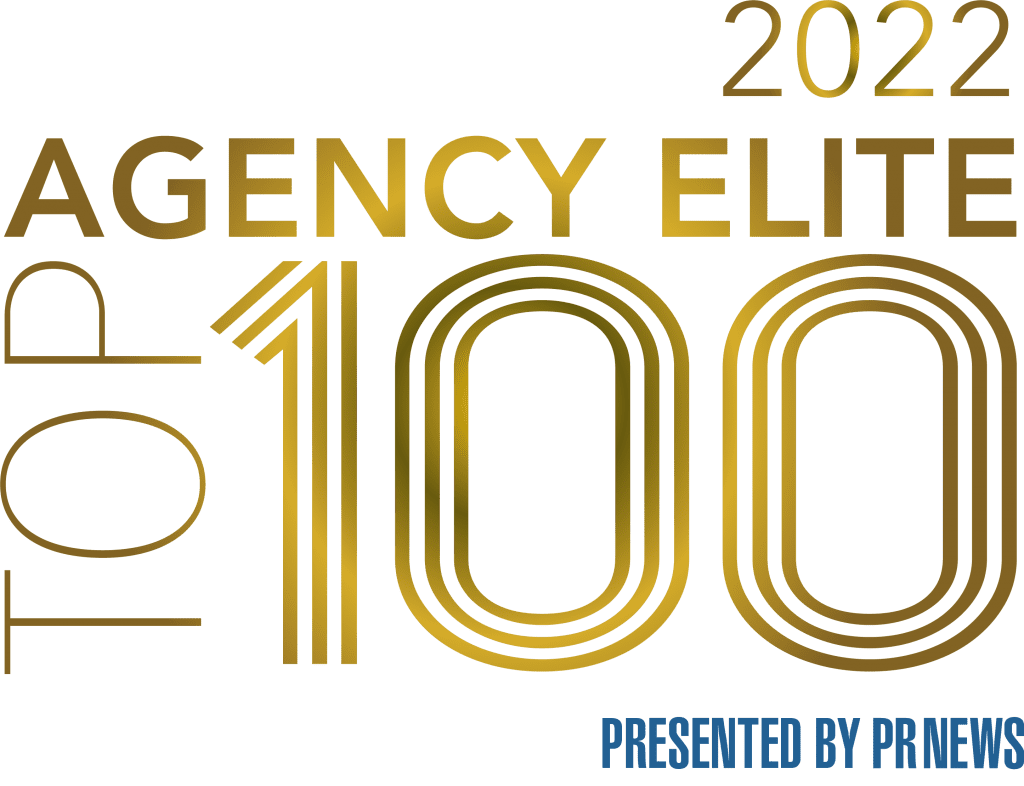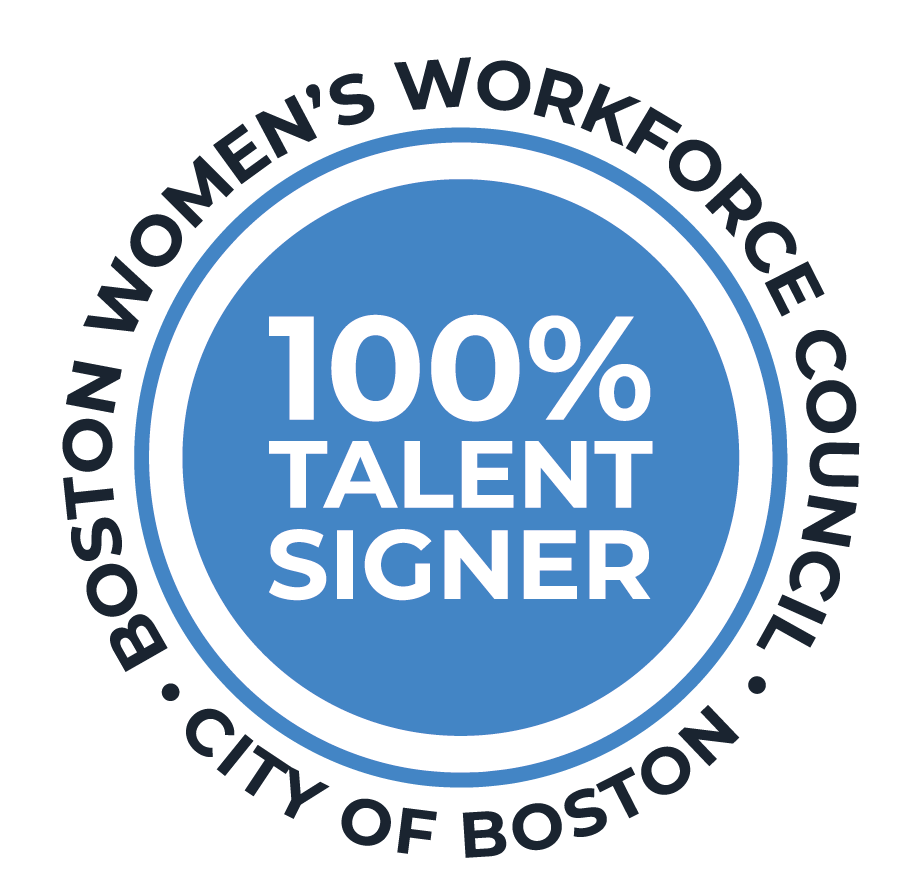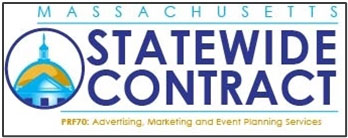For clean energy companies looking to develop projects in Massachusetts, the new law creates unprecedented certainty and clarity around permitting timelines, while setting clear expectations around community engagement and environmental justice.
Early and consistent community engagement has emerged as a cornerstone of successful renewable energy development. When developers prioritize transparent communication and authentic relationship-building with residents, they often find greater acceptance and support for their projects. These efforts help communities understand the benefits of renewable energy while ensuring their voices are heard in the development process.
The new Massachusetts law recognizes this reality by implementing reforms that streamline permitting while strengthening community protections. Under the legislation, municipalities gain automatic intervenor status in Energy Facilities Siting Board proceedings, ensuring local voices have a seat at the table. Additionally, creating a fund to support under-resourced organizations and individuals in the siting process demonstrates a commitment to equitable participation and representation in clean energy decisions.
For developers, the path to success increasingly depends on moving beyond traditional approaches focused solely on land acquisition and technical considerations. Below are five considerations for community engagement that can be integrated on day one of a development effort.
1. Establish Communication Channels
Clear and transparent communication is crucial in an era where information is at our fingertips. Establishing effective communication channels allows clean energy developers to inform, educate, and address community concerns in real-time.
- Why It Matters: Providing a platform where community members feel heard boosts trust and mitigates misinformation.
- Action Points: Utilize social media, email newsletters, and community forums to disseminate information and collect feedback.
2. Host In-Person Events
Nothing beats the personal touch of face-to-face interaction. Hosting in-person events like town hall meetings or energy fairs provides an invaluable opportunity for direct dialogue and relationship building.
- Why It Matters: These events allow developers to explain complex projects in a digestible manner, answer questions, and personalize the clean energy narrative.
- Action Points: Ensure events are inclusive and accessible, appealing to diverse groups within the community.
3. Get Out into the Community
Visibility is key. Being active in the community breaks down barriers and humanizes the development process. This approach concerns developers stepping out of the office and into the neighborhoods they impact.
- Why It Matters: Local presence shows commitment and a genuine interest in the community’s welfare.
- Action Points: Attend community events, visit schools, and participate in local environmental initiatives.
4. Host Educational Workshops
Knowledge is power. Educational workshops can demystify the clean energy sector and inspire residents to become advocates for sustainable living.
- Why It Matters: Workshops can transform perceptions and enable community members to make informed decisions about energy use.
- Action Points: Organize workshops on renewable technologies, energy conservation, and sustainable practices.
5. Establish Local Partnerships
Collaboration is a cornerstone of progress. Forming partnerships with local businesses, schools, and organizations strengthens community ties and multiplies the impact of clean energy initiatives.
- Why It Matters: Partnerships create a supportive network that amplifies project visibility and acceptance.
- Action Points: Identify potential partners whose goals align with sustainability and explore joint initiatives.
Clean energy companies that embrace this community-centric approach often find it leads to multiple benefits. Beyond reducing opposition and delays, meaningful engagement can help create projects that better serve local needs and generate broader economic benefits. When communities feel they have a genuine voice in the process and can see tangible benefits from hosting renewable energy infrastructure, they’re more likely to become project advocates rather than opponents.
To implement these strategies effectively, developers should consider creating detailed engagement plans. The goal is to build lasting partnerships beyond project completion and contribute to long-term community support for clean energy development.
Strategic Public Affairs Support
Don’t watch and wait. Make sure you lead the conversation. Contact our public affairs team for support on messaging, stakeholder outreach, and community engagement.
Interested in more public affairs updates? Subscribe to Castle communications to receive the Lit Drop, bringing nuanced insights into what is moving the needle across New England and on Capitol Hill.
